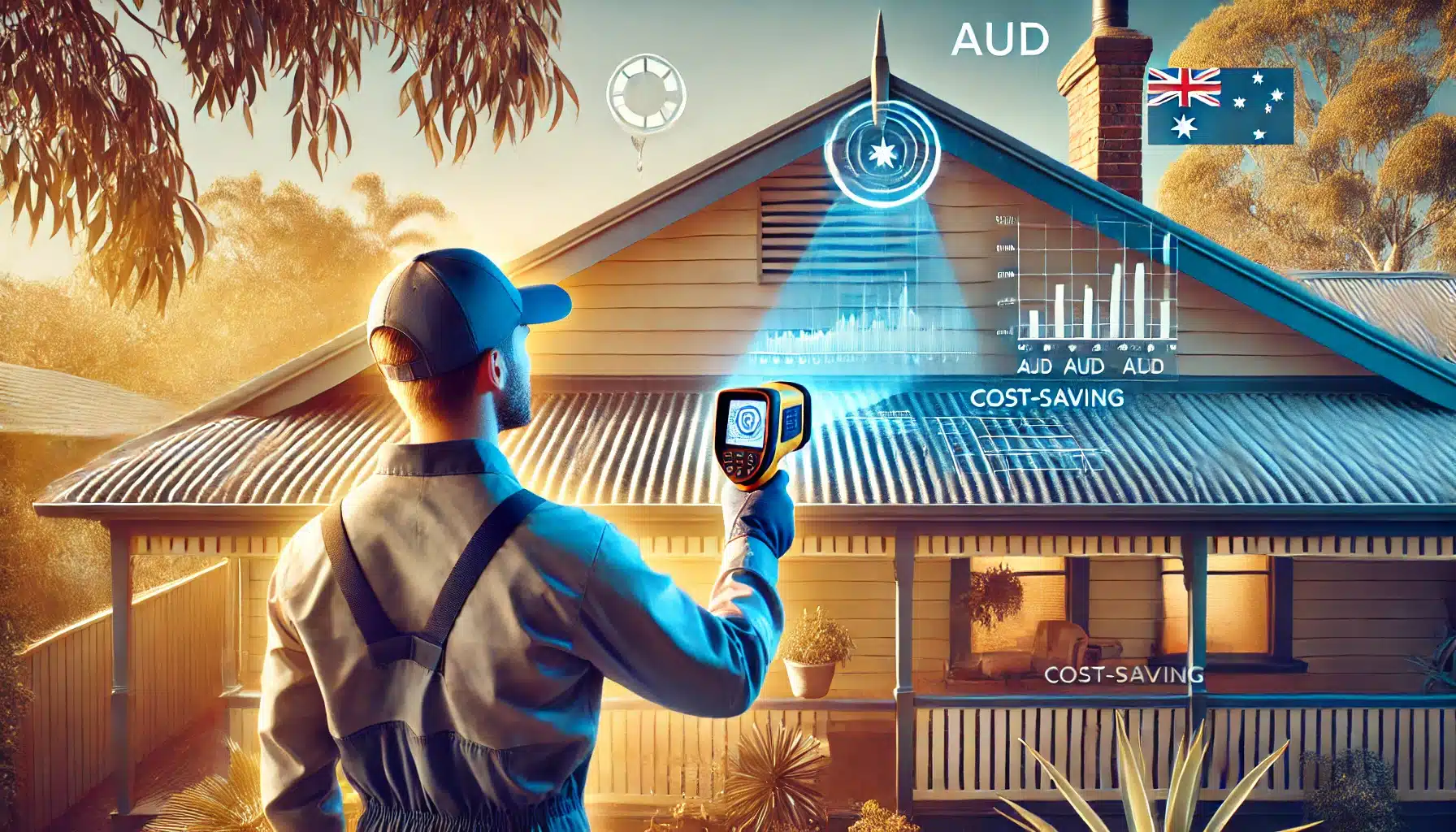
To receive your discount please fill in your details below.
It warms our hearts to see our valued HEROES being taken care off.



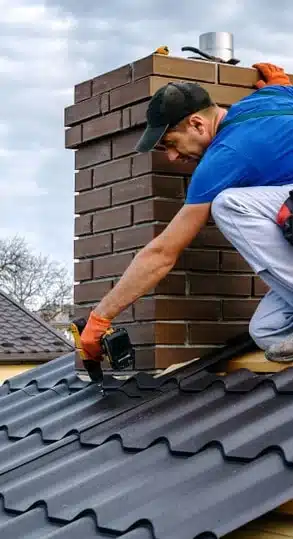

Not sure the kind of repair your roof needs? What are the Signs you need a roof repair? Read on and you’ll most definitely find out!
Roofs, like everything else in life, have a natural lifecycle. Subjected to the elements and the unique climatic challenges of Australia, they’re bound to need some tender loving now and then.
How often and what type of repairs are the most common down under? Let’s dive in!
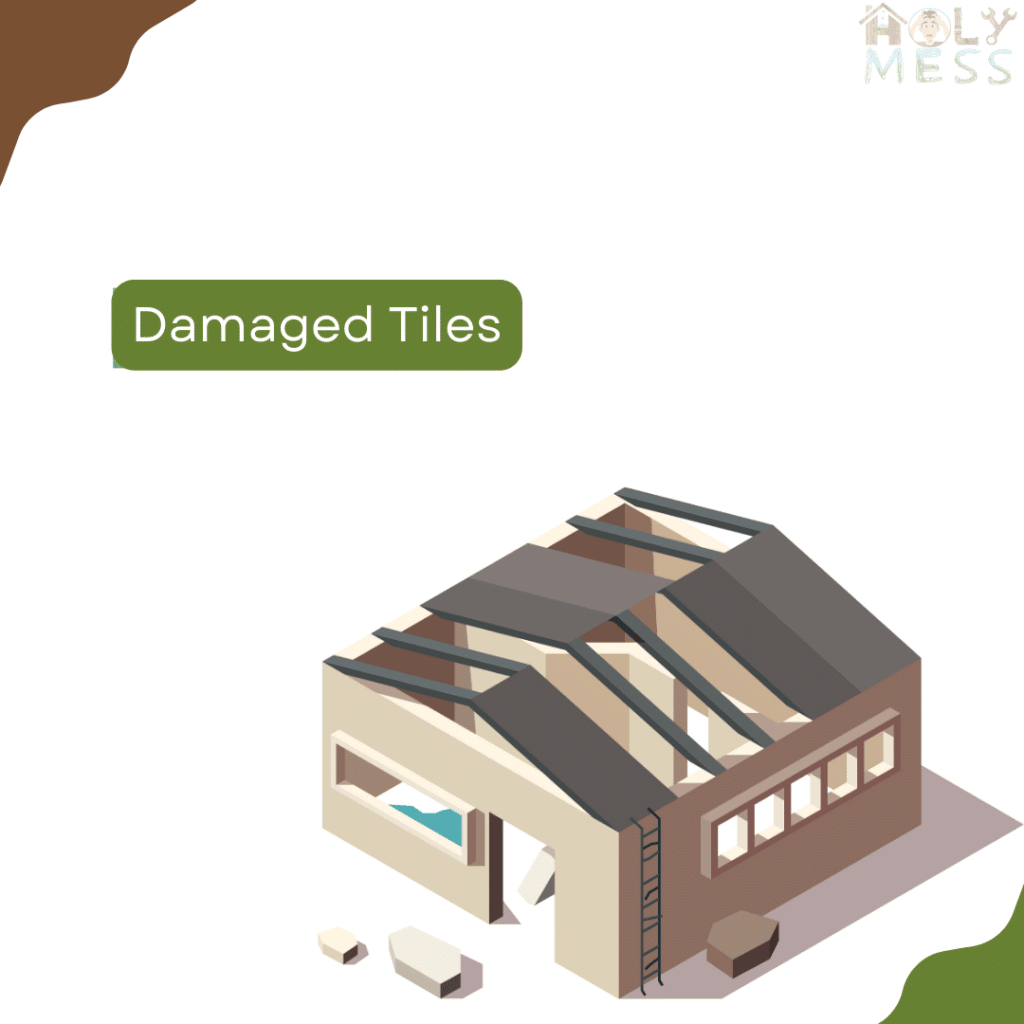
A sound roof is a homeowner’s shield. In Australia, our diverse weather is both a blessing and a challenge. Hailstorms, for instance, are merciless on roofs. Tiles, especially fragile ones like clay, are often victims, breaking or shifting with the impact.
Such damage isn’t just about aesthetics. It’s a gateway for external threats to harm the house’s interior. Water intrusion, for example, can escalate minor issues into costly repairs.
At HolyMess Repairs, our roof repair specialist in Melbourne are the first call for many homeowners with roofing concerns.
By recognizing these signs and turning to trusted experts like HolyMess Repairs, homeowners can ensure a minor setback doesn’t become a roofing catastrophe. We have experts that do tile roof restoration in Melbourne and Canberra.
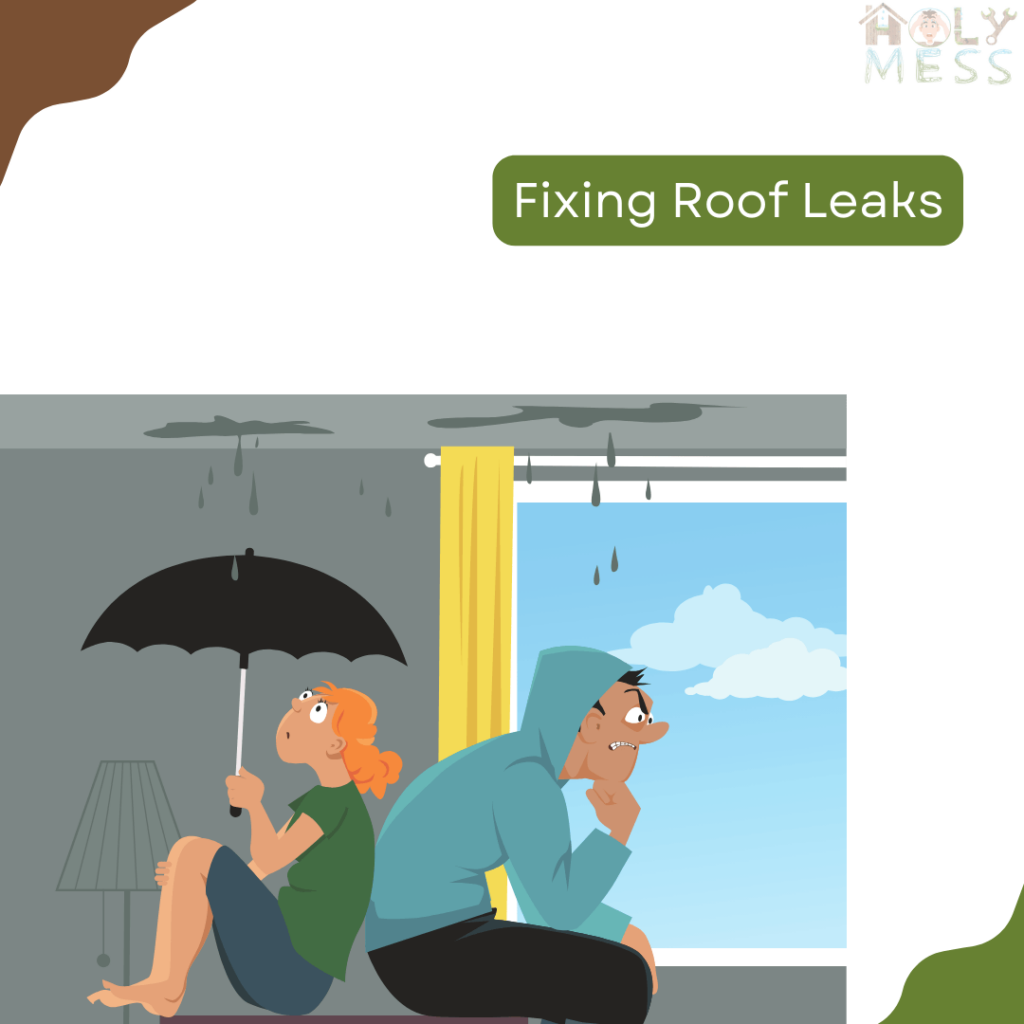
Have you ever been jolted awake by the steady dripping of water from the ceiling? The culprit? Leaks!
Whether it’s the aftermath of a torrential downpour or just accumulated moisture, pinpointing and patching up leaks is crucial.
Applying waterproofing measures, especially around potential weak points like chimneys and roof valleys, can save you a lot of stress (and money) down the road.
This is not hard to determine if you listen carefully. You’ll be able to trace the sound of dripping to its source.
What to do:
Musty smells are a strong indication of mold development in your home. Watch out for discoloration in your wall. There might just be an accumulation of water that comes down from the roof.
What to do:
Stains caused by leaks are usually brownish or dark rings. If left unattended, stains can gradually damage the integrity of ceilings or walls.
What to do:
When this occurs, it means water is trapped in the wall. At times, this is due to a breakage in your plumbing. But it can also be the result of a leaking roof. You’ll never know for sure until you have checked your roof.
What to do:
If there’s mold growth anywhere in your ceiling or your home, it is an indication of extensive leakage in your roof. The mold will be green or black in color.
What to do:
If you notice a buckling in the flooring or a disfigurement, it is because there’s water seepage from above. This is likely from your roof.
What to do:
This is a severe indication that you have a leak emergency in your roof. If it’s storming outside, you might have to wait it out before addressing the issue on the roof. Meanwhile, you can prevent pooling in your attic or roof.
What to do:
If your energy costs have suddenly gone up, it may mean that your roof is leaking causing water damage.
To address this issue, simply follow any of the instructions above that might apply to your specific situation.
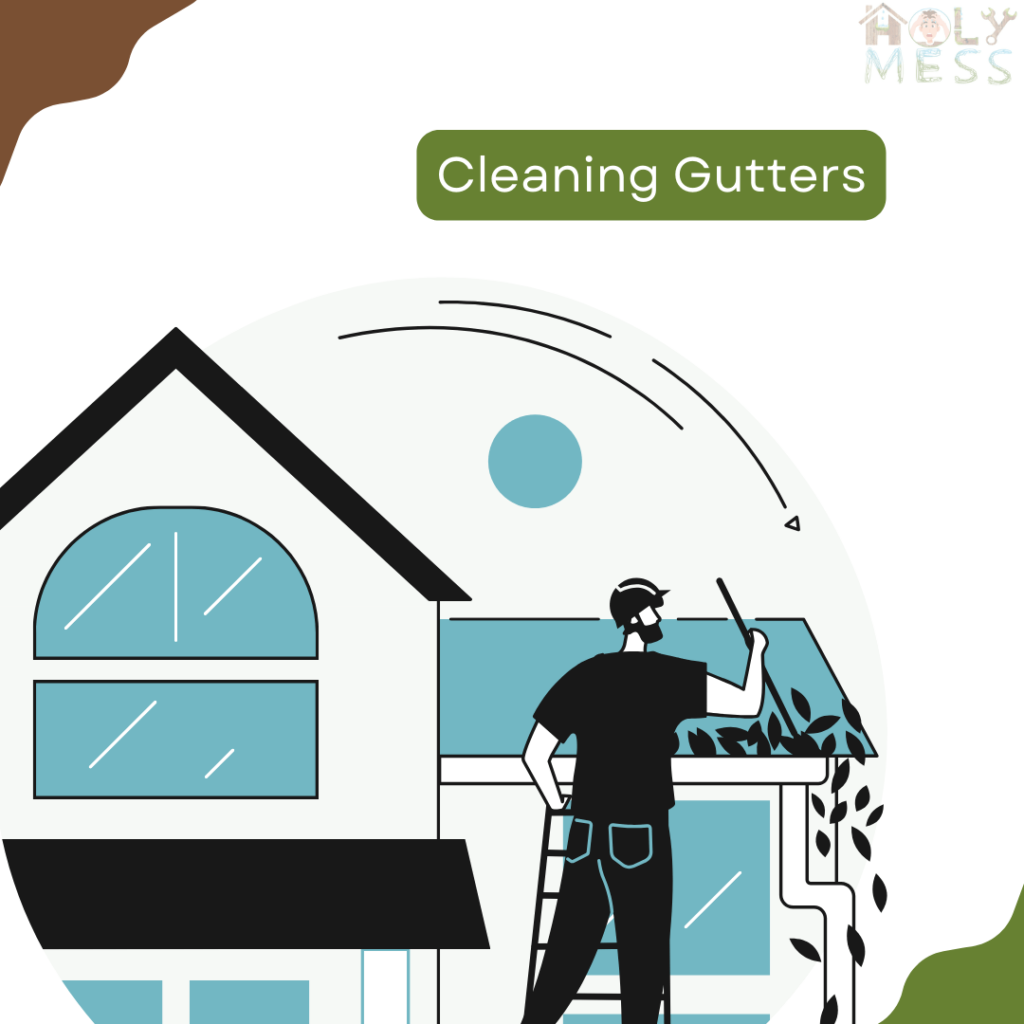
Gutters might seem like minor components, but clogged gutters can spell major trouble. Leaves, twigs, and all sorts of debris can block them, causing water to overflow.
And what’s the result? Potential water damage to your home’s foundations.
A regular cleanup, and sometimes even a full replacement of aged, rusty gutters, can prevent these bigger headaches.
Gutters have no reason to overflow if there are no blockages. They would usually swell with water if leaves and twigs have blocked them. This in turn may cause damages to your roof.
What to do:
Gutters sag if they’re weighed down by blockages. Accumulated debris, twigs and leaves is usually the cause of sagging gutters. Connecting screws losen, creating holes and openings in your roof.
What to do:
If debris accumulates in the gutters, trust that plants are soon going to find a happy home there. If you allow plants to sprout in your gutter, you’ll soon have an emergency.
What to do:
Paint surfaces near the gutter will peel as a sign of trapped moisture. Paint protects gutter materials and prevents rust. Rusty gutters leave holes in your roof.
What to do:
When metal gutters age or deteriorate, they develop rusty spots. These spots can later lead to leaks in your roof.
What to do:
If puddles of water collect near the foundation of your home after the rain, this can be damaging. Leaks in the roof can lead to puddles of water.
What to do:
This occurs when water spills over from damaged or clogged gutters. Allowing gutters to continue to swell with water that falls on the ground leads to eroded landscape.
What to do:
Act on these signs promptly to maintain the health and longevity of your home’s structure.
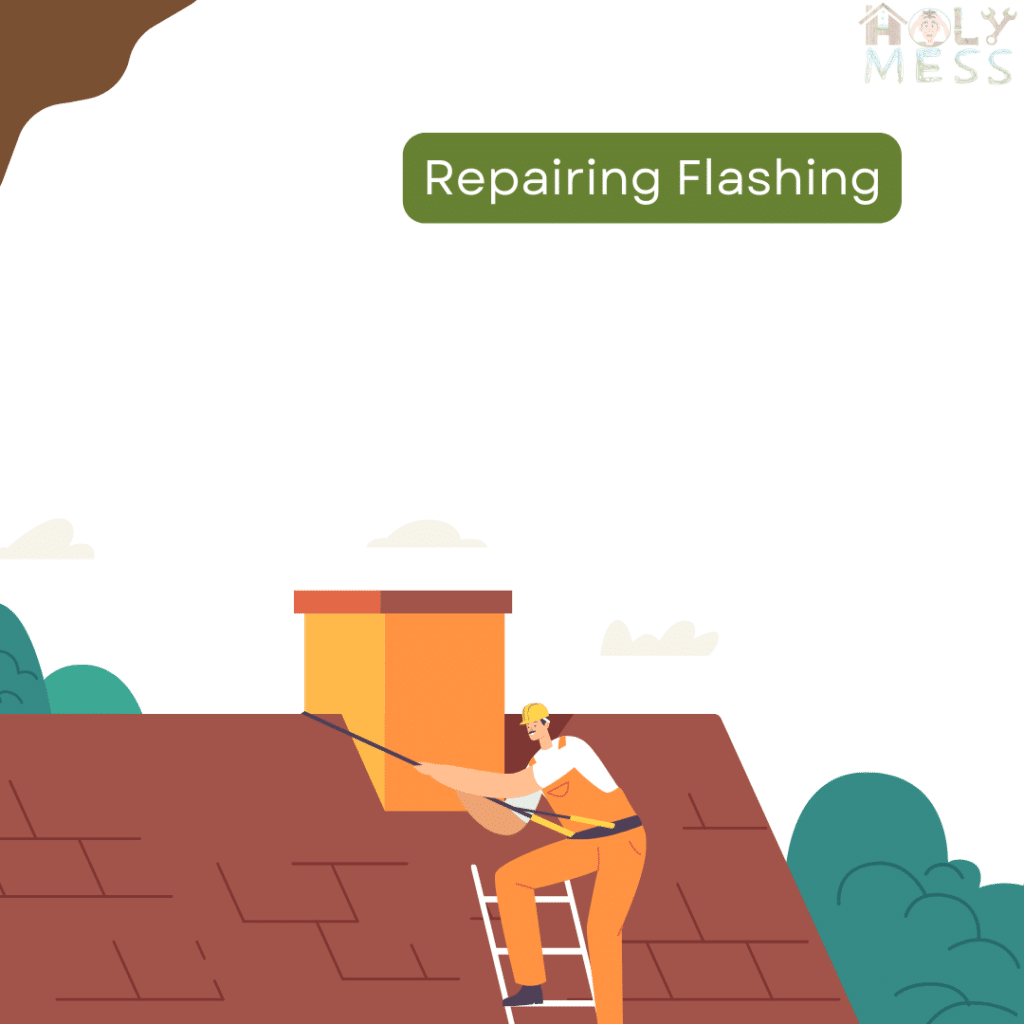
Flashings, though slender, are vital. They stop water from getting in at roof joints or around structures. But they can wear out or corrode over time.
Regular inspections and fixes? Highly recommended.
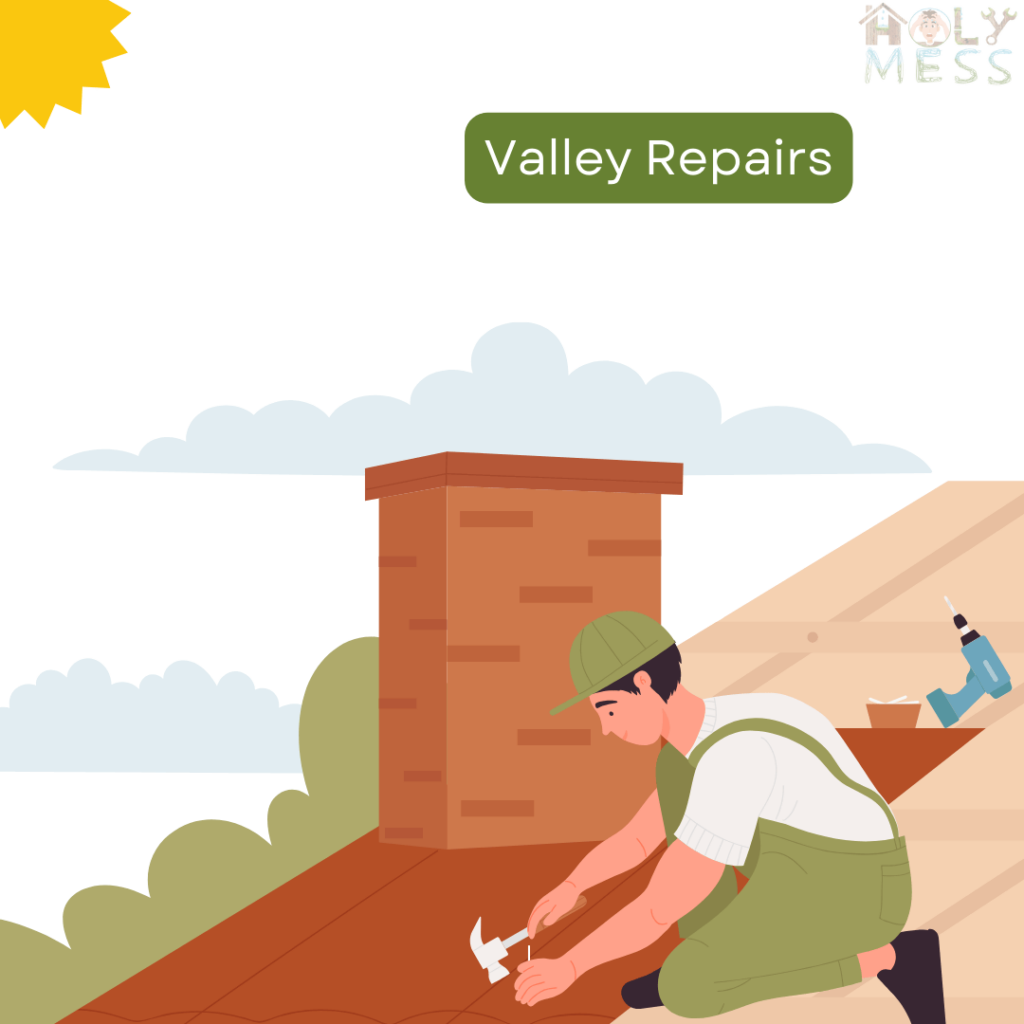
Roof valleys act like highways, directing water away from your home.
But when they’re damaged or poorly installed? The risk of leaks increases exponentially. It’s crucial to ensure they’re sealed perfectly and replaced when showing signs of wear and tear.
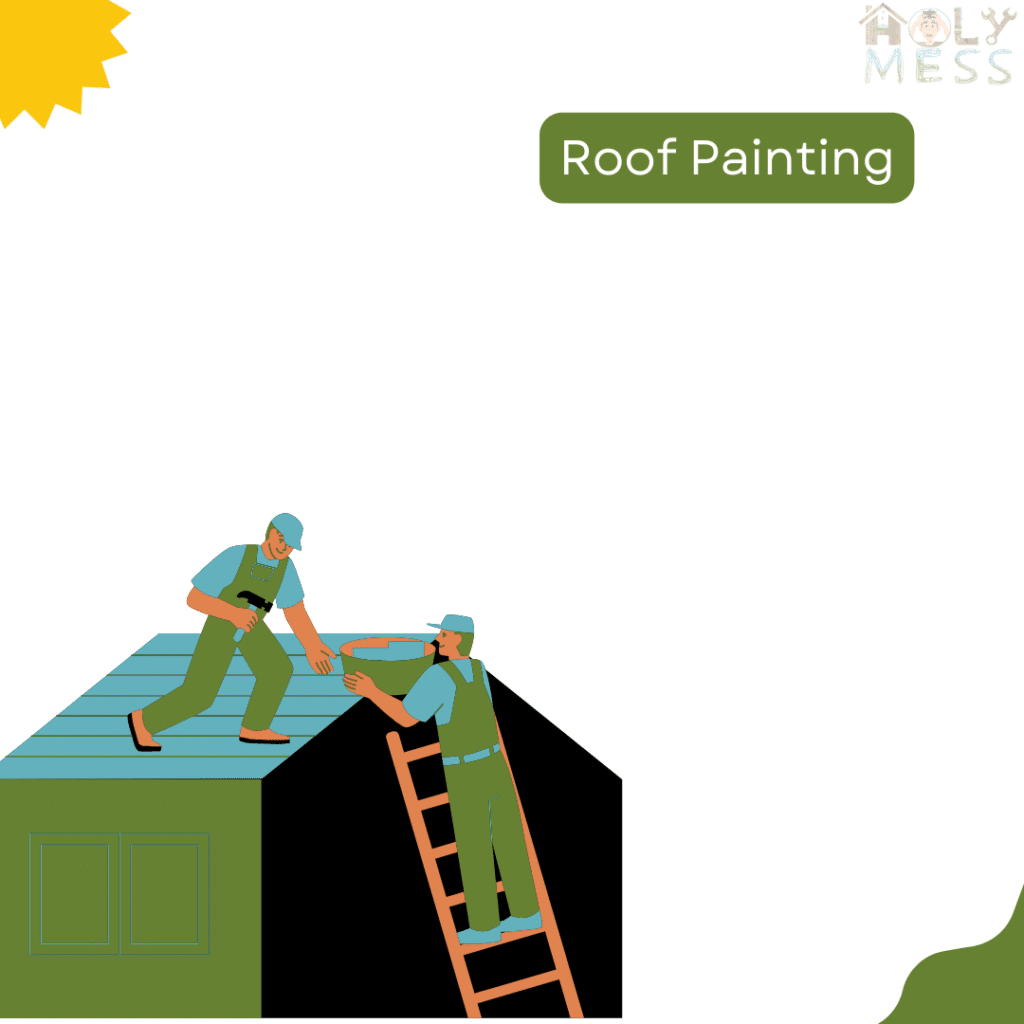
Imagine your roof getting a suntan!
Australia’s blazing sun can indeed bleach roof colors. And as the years roll by, the protective coating can thin out.
A fresh coat of paint or re-coating not only revives the roof’s aesthetic appeal but also adds an additional protective shield.
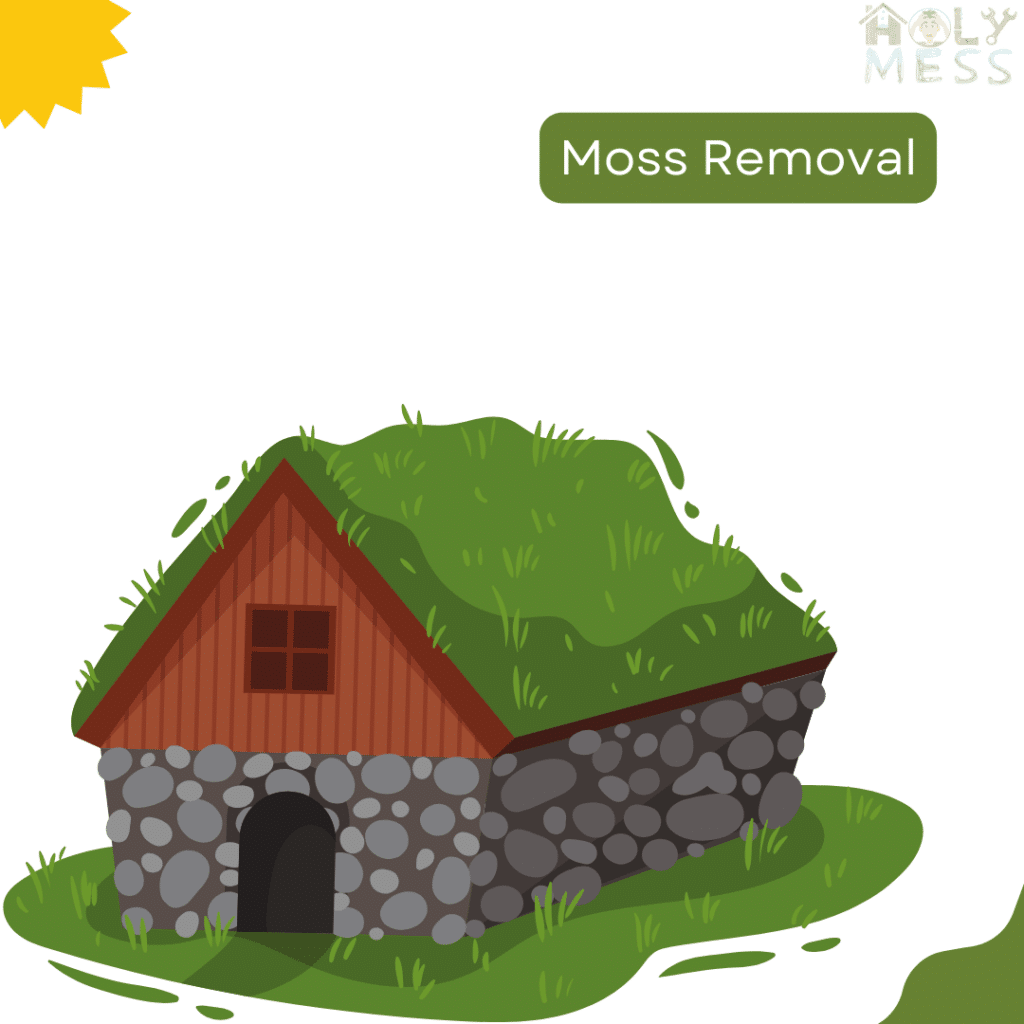
Moss and lichen might give homes a magical look, but they’re not roof-friendly.
These fairy-tale plants can damage roofing materials, turning the story grim. And when the tale takes a turn, who better than HolyMess repairs, the ideal place to find qualified and registered roof repair tradesmen.
Regular cleaning and treatments can ensure these enchanting growths don’t become roof nightmares.
Acting early with moss and lichen issues can save a lot in potential repair costs. And with experts like HolyMess repairs by your side, you can be assured of quality service and lasting solutions.
Roof repairs are absolutely crucial because your roof serves as the first line of defense for your home. It shields your property from the elements, including rain, wind, snow, and harsh sunlight.
Ensuring your roof is in excellent condition is essential to safeguard the structural integrity of your house and to prevent potential health hazards like water leaks, mold growth, and compromised insulation. Neglecting roof repairs can lead to more extensive and costly damage down the road, so it’s best to address issues promptly.
To maintain the longevity and performance of your roof, it’s advisable to conduct a thorough inspection at least twice a year, following the change of seasons.
However, after extreme weather events such as severe storms or hail, it’s crucial to inspect your roof immediately, even if it falls outside your regular schedule. These inspections help you catch and address any damage or wear and tear early, preventing minor issues from escalating into major problems.
For minor tasks like cleaning gutters or replacing a few shingles, a DIY approach can be suitable if you have the necessary skills and safety equipment.
However, when it comes to significant repairs, it’s safer and more cost-effective to engage professional roof plumbers or contractors. They possess the expertise, experience, and tools needed to assess the extent of damage accurately and execute comprehensive repairs.
Safety should always be a top priority when dealing with roof repairs, and professionals are well-equipped to handle any challenges safely.
The lifespan of an Australian roof largely depends on several factors, including the type of roofing material used, the quality of installation, and the climate in your region. With proper care and maintenance, here’s a general guideline:
Australian roofs are designed to withstand the test of time and the whims of Mother Nature. Yet, even these sturdy shields have their vulnerabilities.
From small leaks to significant damages, being aware of the most prevalent roof repair types in Australia can save homeowners both time and money. As the old adage goes, “A stitch in time saves nine.” Regular checks and timely repairs ensure your home remains a cozy, safe haven. For Top-notch Roof repairs in Canberra or Melbourne, you can contact us and we’ll be sure to send the best roofer to your house.


